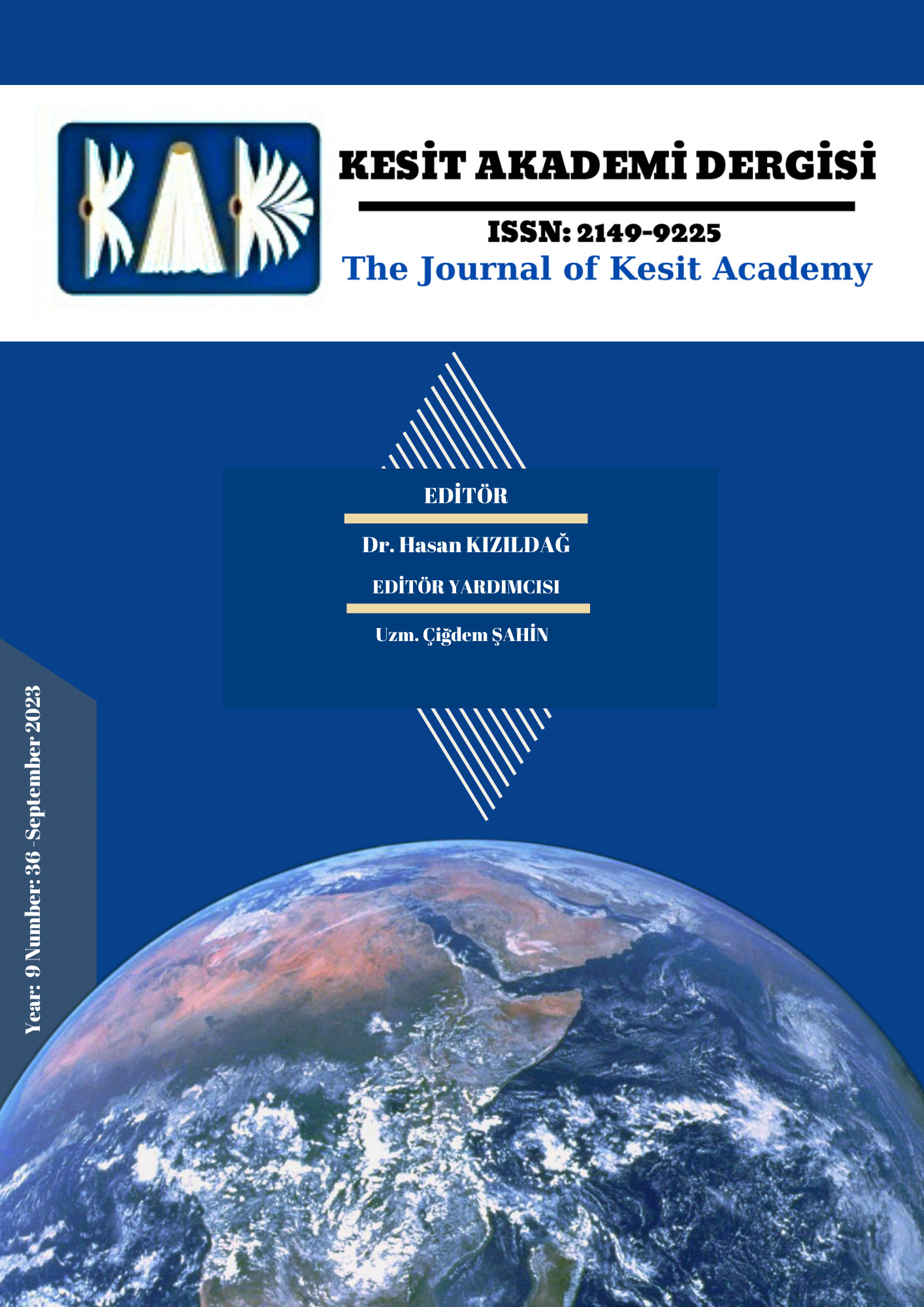Author :
Abstract
İnsanlık tarihi boyunca mimarlık üretiminin kaynağını oluşturan modellemeler, ilk ve orjinal olana referans veren mimari arketipleri oluşturur. Saf zihinsel temellendirmelere atıfla arketipler, temsil ettiği formları zaman ve yer bağlamından ayırabilen bir ilkesellik ile varlığını sürdürür. Varoluşunu tekrarlanan bir çağrışım ile kuran mimari arketipler, saf bilinçte var olan evrensel kabulün temsilidir. Mimarlığı kalıcılığın sanatı olarak tanımlayan Portekizli mimar kardeşler Manuel Aires Mateus ve Francisco Aires Mateus, içsel ve öz-yansıtıcı olanı temsil ettiğini düşündüğü mimari arketipler ile kalıcılık arayışlarını destekler. Mimarlık pratiğinde arketipik formlar insanlarla empati kurma yeteneğine sahiptir. Aires Mateus, bu empatik ilişkinin farklı ve yeni mimarlık anlayışında köprü kurucu özelliğini mimari üretimleri ile hayata geçirir. Mimari arketipler, geçmişten günümüze kayıt altına alınmış mimari miras formlarının mimarlık nesnesinde doluluk ve boşluk oranlarına ilişkin ilkesel yasaların var olduğunu gösterir. Aires Mateus, geçmiş ve geleneğe referans veren arketip formları mimarlık nesnesinde oluşturduğu boşlukta arayarak farklılaşan ve özgünleşen bir mimarlık anlayışını ortaya koyar. Temel formlar ile yaratılan başka bir zaman ve mekân boyutu, Aires Mateus mimarlığında boşluğun merkezine yerleştirilir. Boşluğun nasıl sınırlandığı ve nasıl çizildiğini tanımlayan şey ise, mimari arketip formlardır. Mimarlık nesnesi, kendi kütlesi içinde ve dışında oluşturduğu muğlak alanları boşlukta yaratılan arketip ile tanımlı kılarak, mekânı deneyimleyende bir tanışıklık hissi yaratır. Bu tanışıklık hissi Aires Mateus mimari üretimlerinde en başından beri yer alan bir özelliktir. Bu bağlamda, yeni yüzyılın çok sesli, teknik ve teknolojik, geleneksel olana atıfı benimsemeyen mimarlık ortamında, arketip formların korunaklı sınırları içinde yokluk ve boşluk odağında şekillenen Aires Mateus mimarlığı, mimarlık paradigmaları arasında okuma ve incelemesinin yapılması gereken önemli bir yerde konumlanmaktadır.
Keywords
Abstract
Throughout the history of humankind, the architectural production has been shaped by models that constitute architectural archetypes, referring to the first and original references. With references to pure mental foundations, archetypes endure with a principled ability to separate their represented forms from the constraints of time and place. These architectural archetypes, established through repeated evocations, are a representation of the universally accepted consciousness. Portuguese architects Manuel Aires Mateus and Francisco Aires Mateus, who define architecture as the art of permanence, support their quest for permanence with architectural archetypes that they believe represent the intrinsic and self-reflective. In architectural practice, archetypal forms have the ability to establish empathy with people. Aires Mateus demonstrates through their architectural creations that this empathic relationship serves as a bridge in different and innovative architectural understandings. Architectural archetypes demonstrate the principled laws regarding the proportions of fullness and emptiness in architectural heritage forms recorded from the past to the present. Aires Mateus presents a differentiated and unique architectural understanding by seeking and distinguishing archetype forms that reference the past and tradition within the void created in the architectural object. Another dimension of time and space created by fundamental forms is placed at the center of Aires Mateus’ architecture. The defining element of how the void is bounded and drawn is the architectural archetype forms. The architectural object defines the ambiguous spaces created within and outside its own mass through the archetype established in the void, creating a sense of familiarity in the experience of space. This sense of familiarity has been a characteristic present in Aires Mateus’ architectural practices from the very beginning. In this context, in the diverse, technical, and technological architectural environment of the 21st century that embraces a departure from the traditional, Aires Mateus architecture, shaped by absence and void within the sheltered boundaries of archetype forms, occupies an important position that calls for examination and analysis among architectural paradigms.





